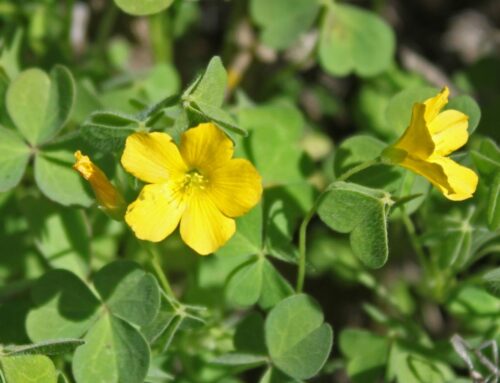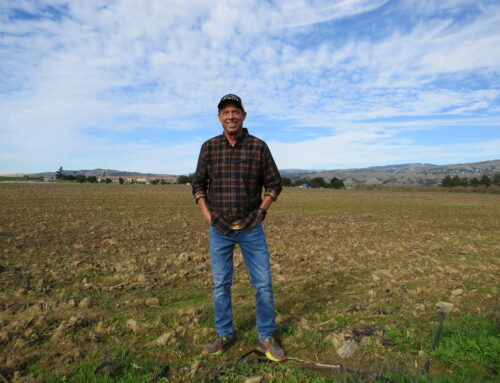Different types of grapes like different specific temperatures and conditions
Published in the August 6 – 19, 2014 issue of Morgan Hill Life
By Alicia Cuadra

Alicia Cuadra
People often ask what makes a good or bad year in wine. This question can be somewhat complex, as there are many factors at play, but the biggest indicator of a good year will be good fruit. To understand how we get this, we need to take a look at the influences in the vineyard.
The biggest factor in a successful or difficult harvest is weather. Different types of grapes like different specific temperatures and conditions, but in general, a vine wants a nice long consistent sunny growing season with warm days and cool nights.
This change from the hottest point of the day to the coldest point of the night (known as a diurnal shift) can be extremely important in the ripening process. Grapes need enough sunshine and warmth for the vines to get energy and the grapes to get enough sugar, and cool enough nights for the acid levels to rise, which helps create a more balanced wine. Too much heat, however, can lead to over-ripe fruit. This can create a higher alcohol wine with “port”-like flavors in some instances. Under-ripe fruit, on the other hand can lead to high acid wines with minimal character.
Some varietals tend to do better in cooler coastal climates, so extreme heat waves can be damaging.
These grapes would not do as well in temperatures such as we would find in the central valley, for example. This is why when the weather is too hot or too cold overall, it might be good for some areas but bad for others. This is also why in certain “benchmark” years there will still be some really underwhelming wines.
Another important factor is water. Vines need good rainfall in the winter and early spring, but too much water can be problematic.
Rain can dilute flavors if close enough to harvest, or rot roots if the ground remains oversaturated. Additionally, too much rain can cause mold and mildew if there is not enough airflow to dry the vines. Rain that turns to frost when the vines are flowering can damage the plants enough that they don’t ripen evenly, or in some cases at all. And worse than rain, is hail. This year in both the Bordeaux and Burgundy regions of France, farmers experienced hail storms that devastated entire crops overnight, making this a difficult harvest for those areas of France.
Locally there is some concern about this year’s drought and how it will impact the vintage in California. Different vintners will give different opinions, depending on where they are. In some areas, there is early ripening going on that has been attributed to the drought conditions. This is not necessarily bad, and we cannot assume it will make the wines better or worse until we see the results after some time in barrel. Here, we find the beauty of New World winemaking and its influences on a vintage in the cellar.
We are lucky enough to live in a country that allows for a variety of winemaking techniques, and less regulation on what can and cannot be blended. So a winemaker can take grapes from different areas and blend them together, which can balance out the flavors and attributes of a given year. Some say for this reason there is less variation from year to year in California wines, compared to, say, France. With today’s advanced winemaking technology, even fruit from years considered to be of lesser quality can create some good wines in California. But a milestone vintage cannot occur without amazing fruit. And really it all starts out in the vineyard.
Alicia Cuadra-Cutler is a Certified Sommelier, and Assistant General Manager of Sycamore Creek Vineyards in Morgan Hill. In her spare time she can be found studying wine, creating art, or taking her dog Sissy to the beach. Follow her on social media @AliciaCSomm.




